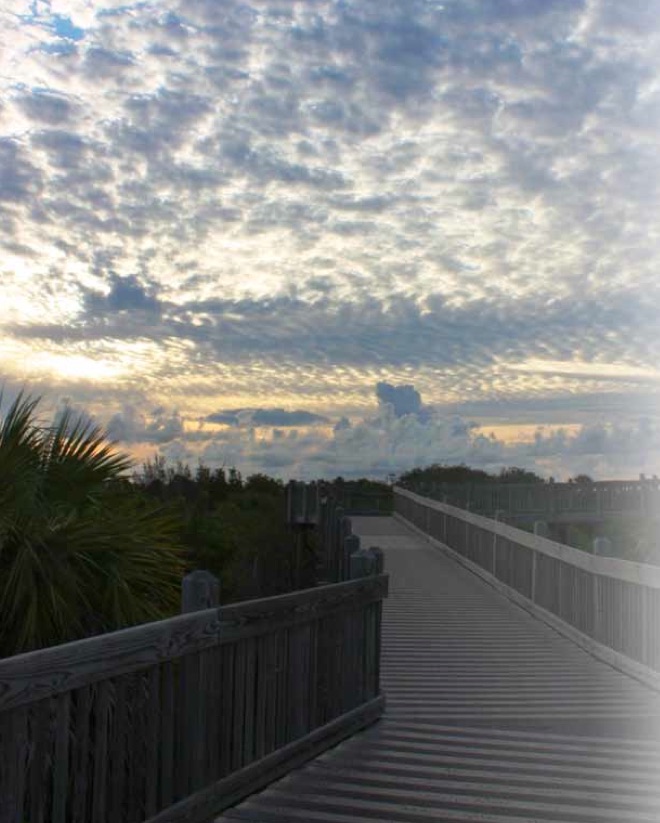Evaluating Visitation at Don Edwards NWR: Encouraging Environmental Education and Urban Conservation

Abstract
Urban green spaces offer residents and visitors multiple ecosystem services and psychological benefits. Resource managers at urban green spaces have a uniqueopportunity to connect with visitors and build an informed conservation community through environmental education to promote urban conservation. The Don Edwards SFBay National Wildlife Refuge is an example of an urban green space that has a multifaceted mission to both provide quality wildlife habitat and visitor services. This study was conducted in the spring of 2016 and collected over 200 surveys at Don Edwards NWR to examine five visitor objectives: demographics and trip characteristics, behaviors and values, awareness levels regarding the refuge, awareness of visitor impacts, and visitor opinions of the refuge. The results of this survey indicate that visitors are mainly using the refuge for recreation and exercise, very much as they might use a neighborhood park. During their visit, however, they are incidentally interacting with interpretative materials that build their interest in environmental education and proenvironmental behavior. Visitors were found to be more ethnically diverse, showed higher than expected awareness levels regarding urban green space benefits, and showed an appetite for continued environmental education. This case study highlights the opportunity for urban green space managers to build a more informed conservation community and promote stewardship by supporting urban wildlife conservation.